Balloon-Powered Car
When it comes to powering a race car, there are a lot of options. Some cars use gasoline, diesel fuel, rocket fuel, or other combustible […]
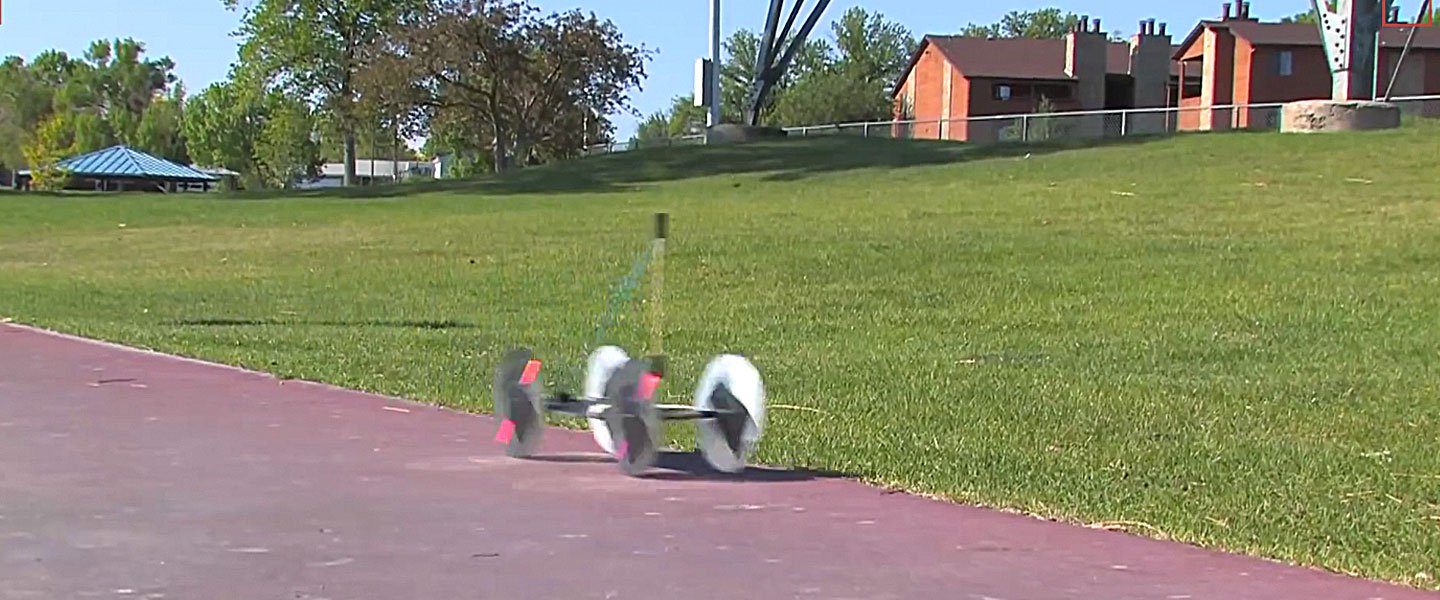
A mousetrap is a stellar example of converting potential energy to kinetic energy. The spring of the mousetrap is held back with a bunch of potential energy and, once released, snaps forward in a burst of kinetic energy. What if you could harness the release of energy to power a car? We’ll show you how with the Mousetraps in Motion experiment.
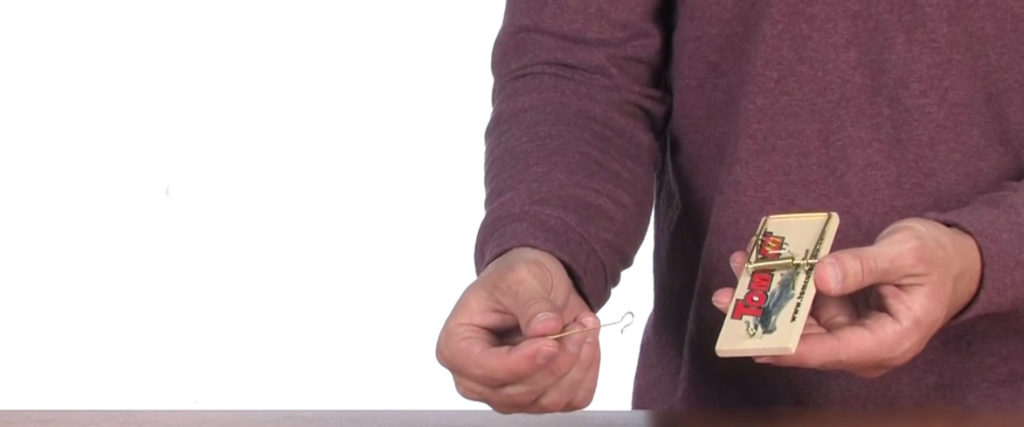
Start by removing the “hold-down bar” from the mousetrap. The “hold-down bar” is the long, slightly hooked bar that dangles off of one end of the trap. Don’t throw the piece away, though as you will use it later.

Using the wire cutters, cut the lever (or hammer) leaving only one side. The lever is the metal piece that threads through the spring. Be sure not to cut the spring lever.
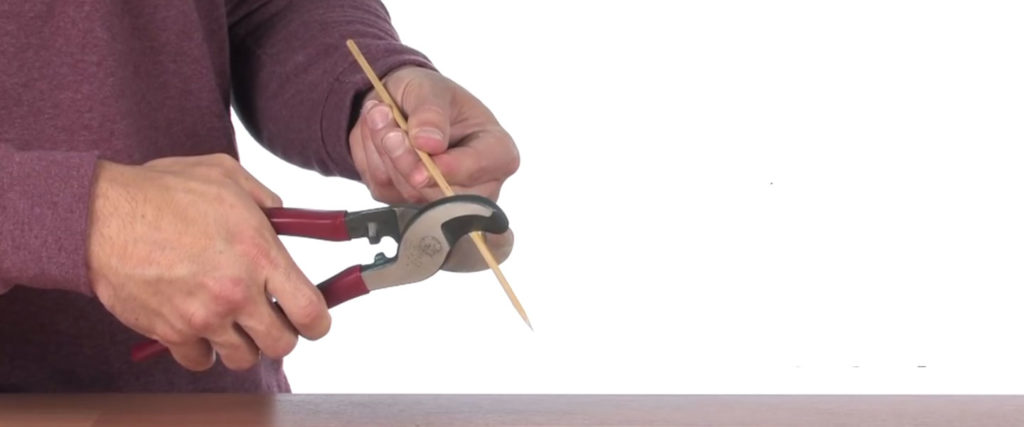
Use a pair of scissors to cut an 8″ piece of wooden skewer.
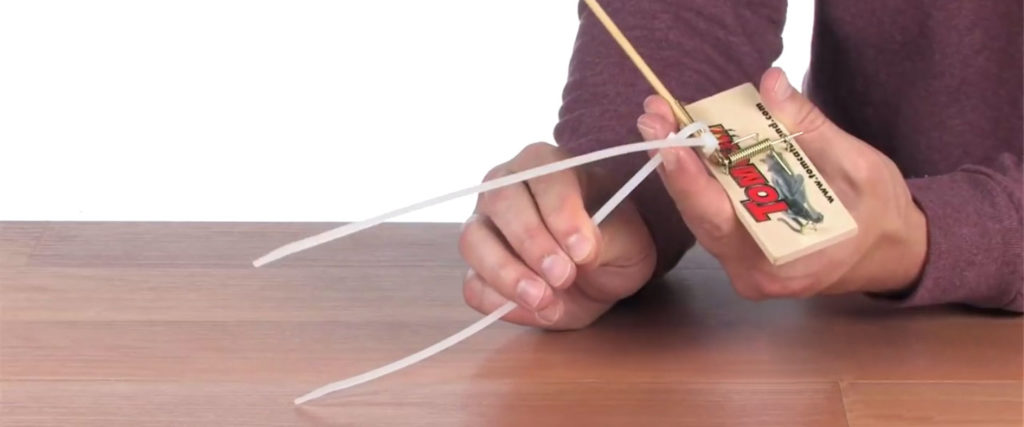
Attach the skewer to the cut piece of lever on the mousetrap using two zip ties. Make sure the skewer and lever are securely fastened. Trim the zip ties.
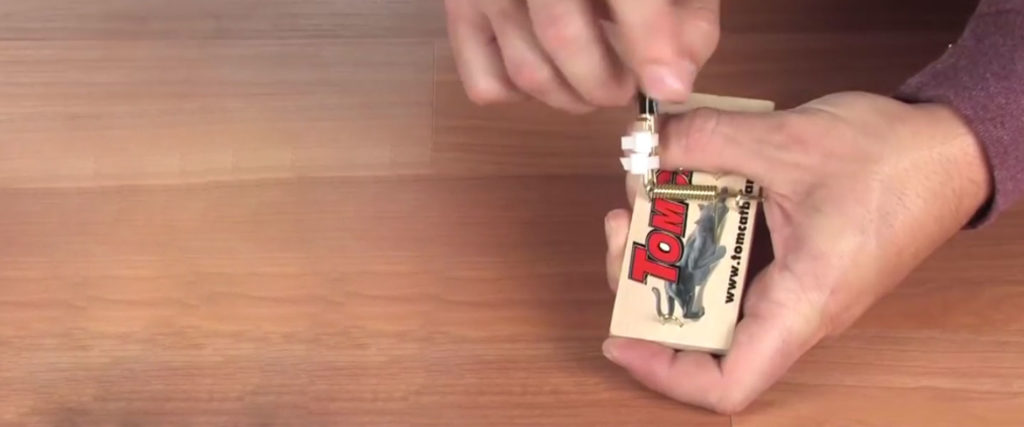
Use a strong tape to further secure the skewer to the lever,by adding the tape just above the zip ties.
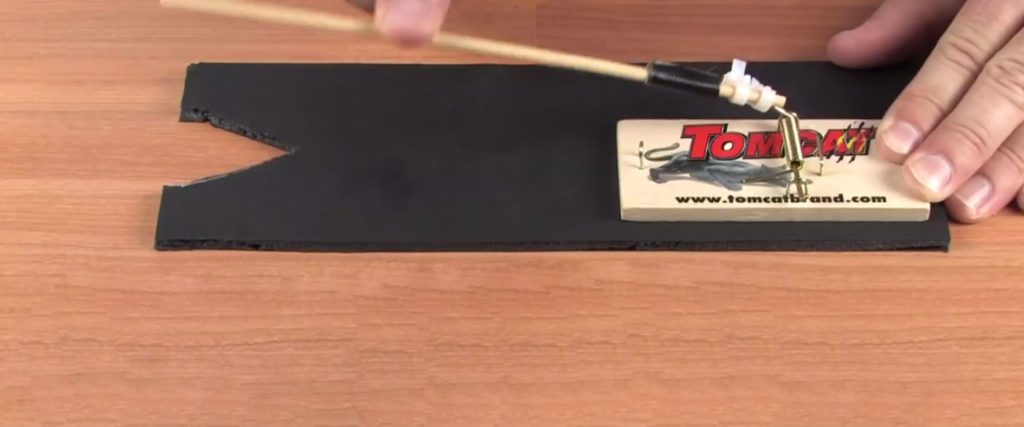
Position the mousetrap so that the end of the trap is lined up with one end of the 10″ x 3.5″ piece of cardboard. This is going to be the back of your car.
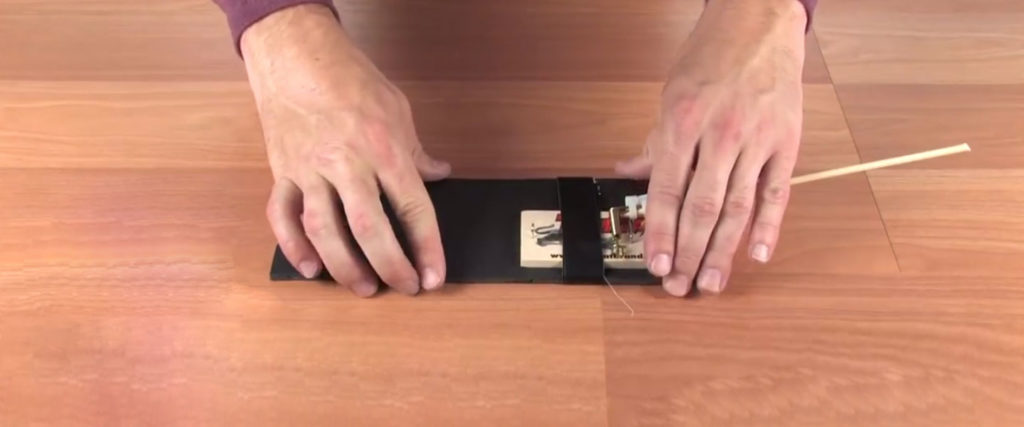
Use a strip of tape around the middle of the mousetrap to attach the mousetrap to the cardboard.
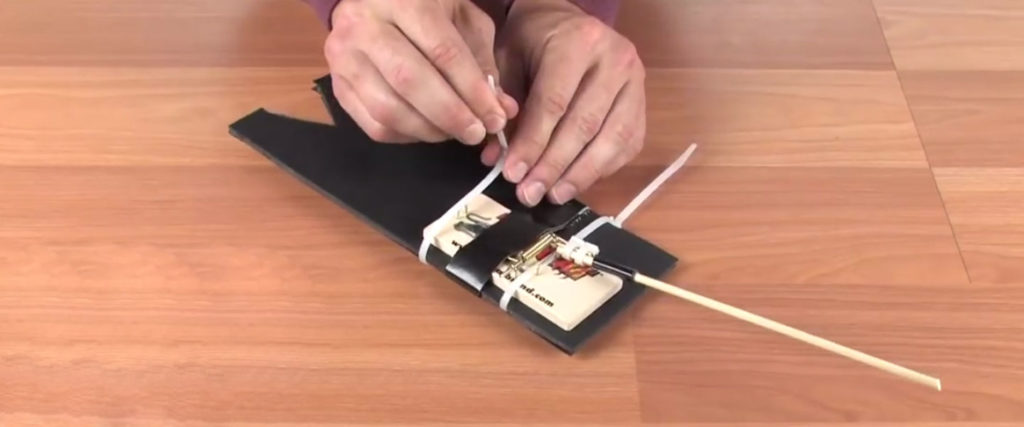
Use two zip ties, one at each end of the mousetrap, to finish securing the mousetrap to the cardboard. Trim the zip ties.
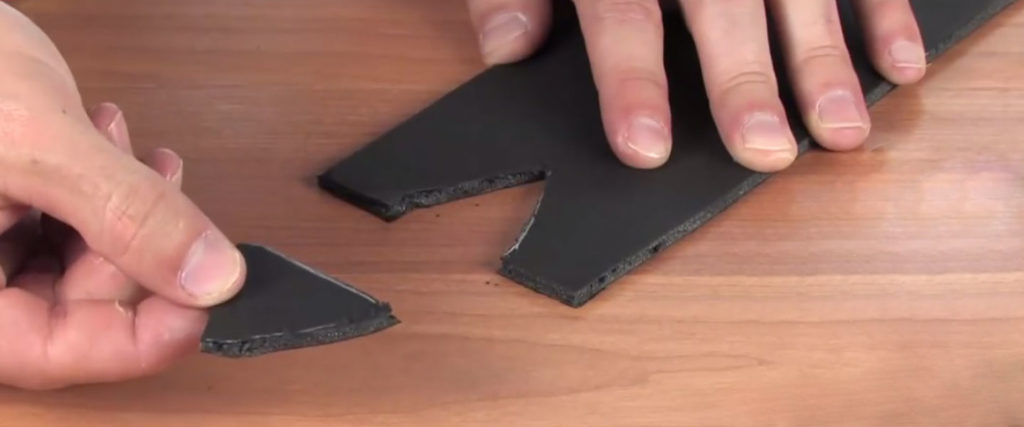
On the opposite end of the cardboard, measure one inch from each edge. Connect these marks with a triangle that cuts inwards towards the mousetrap.
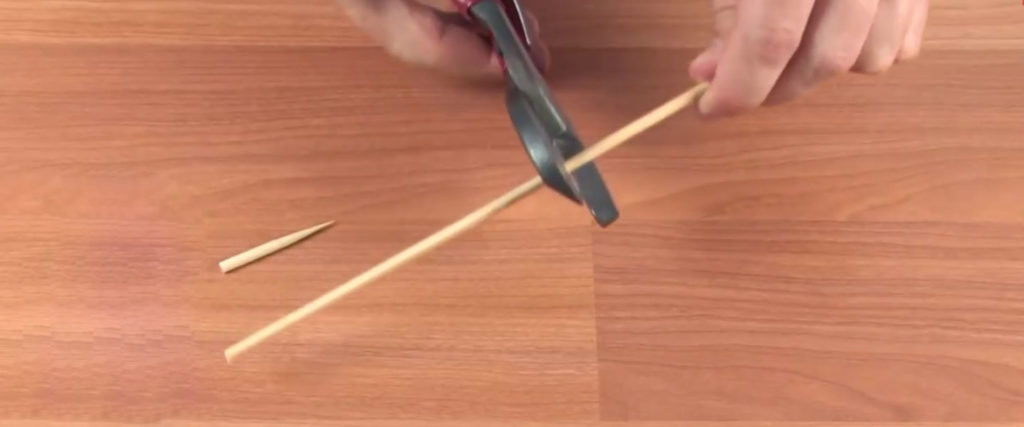
Use scissors to cut two wooden skewers into 5″ pieces.
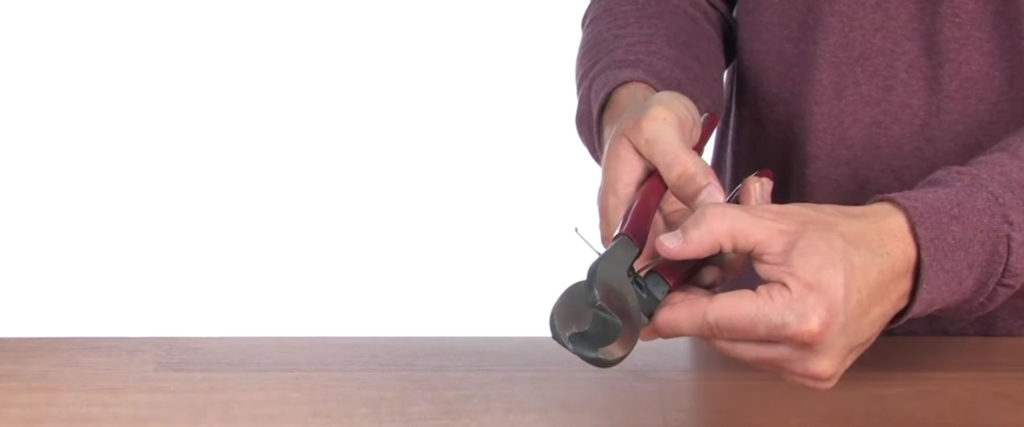
Find a piece of metal that you trimmed off of the mousetrap. Make sure that it’s long enough to bend. From the metal, make a shape that is a 90 degree angle (right angle), with a hook on one side.
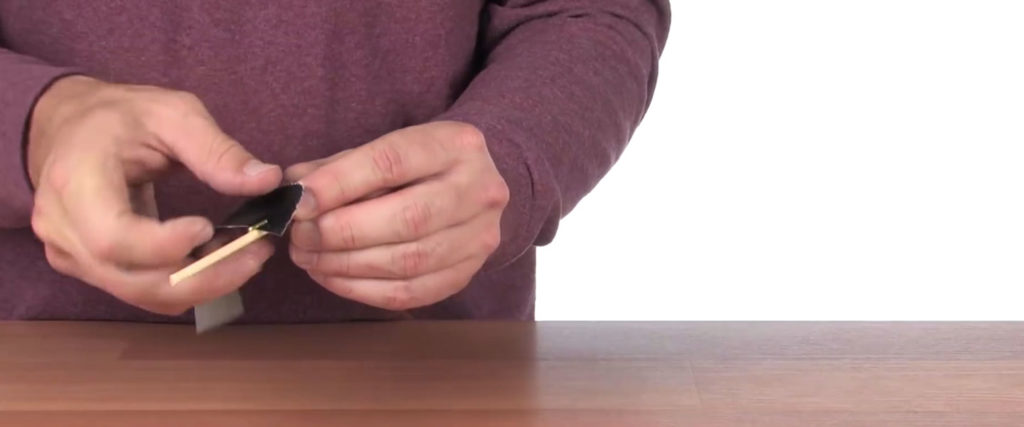
Tape the piece of metal to the middle of one 5″ piece of skewer. Make sure that the straight side is pointing straight off of the skewer.
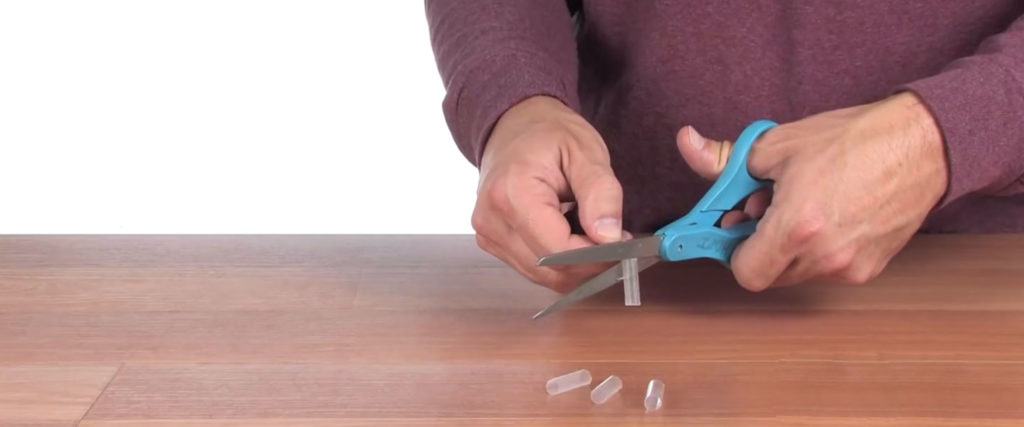
Use scissors to cut four, 1″ pieces of a drinking straw.
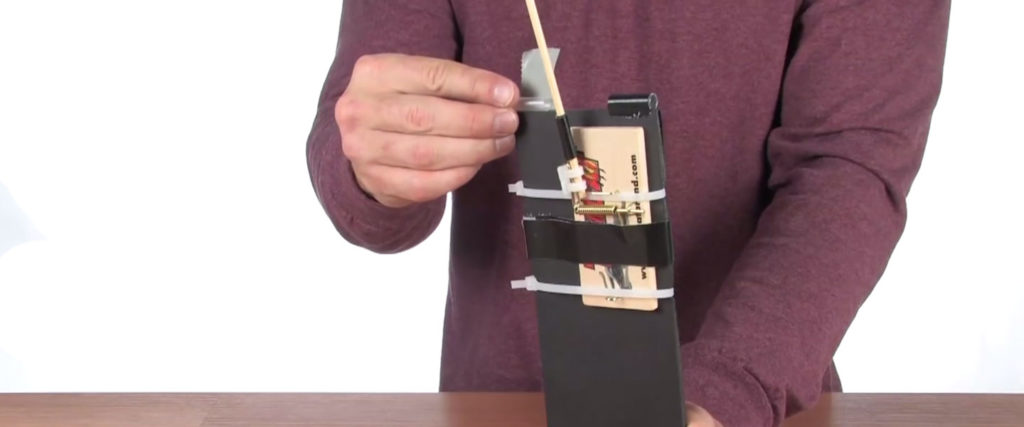
Tape two of the straw pieces onto the end of the cardboard near the mousetrap. Thread the 5 inch skewer without the hook through the straws.
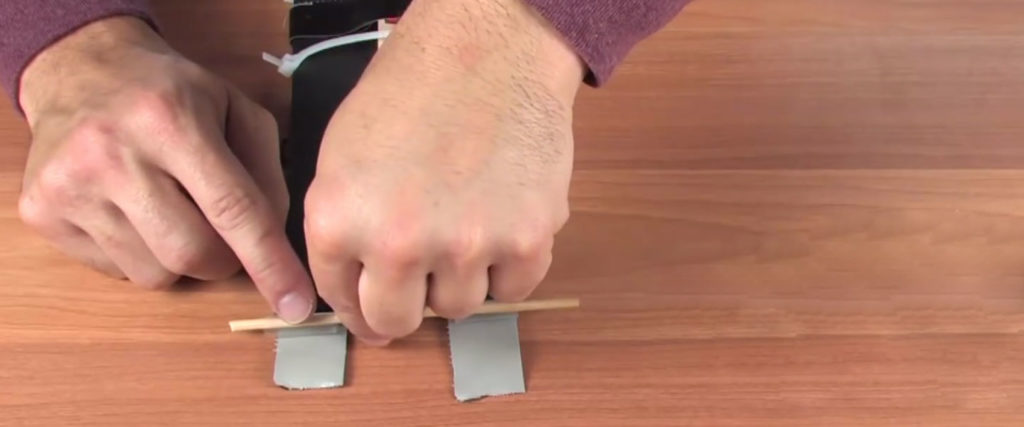
Put the other 1-inch straw pieces onto each end of the skewer with the hook. Then, tape the straws onto the triangle side of the cardboard. The hook should be aligned with the cut-out triangle.
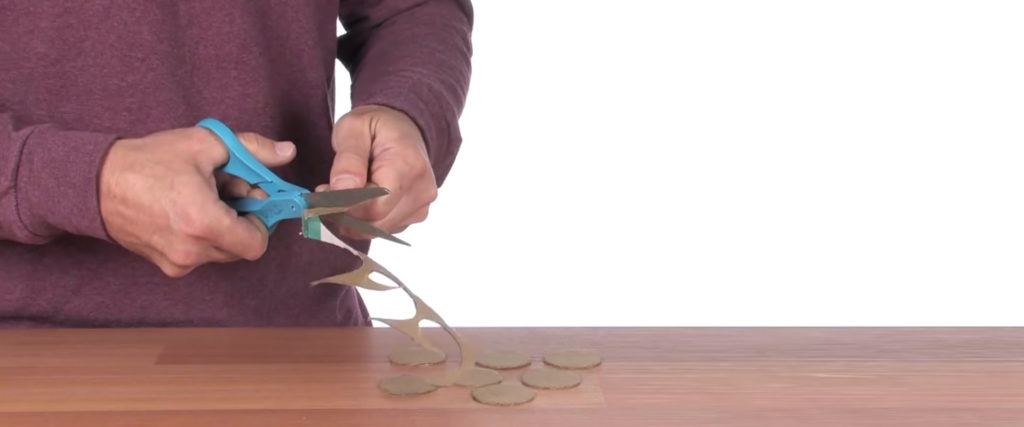
Use scissors to cut cardboard into eight 1.5″ diameter circles.
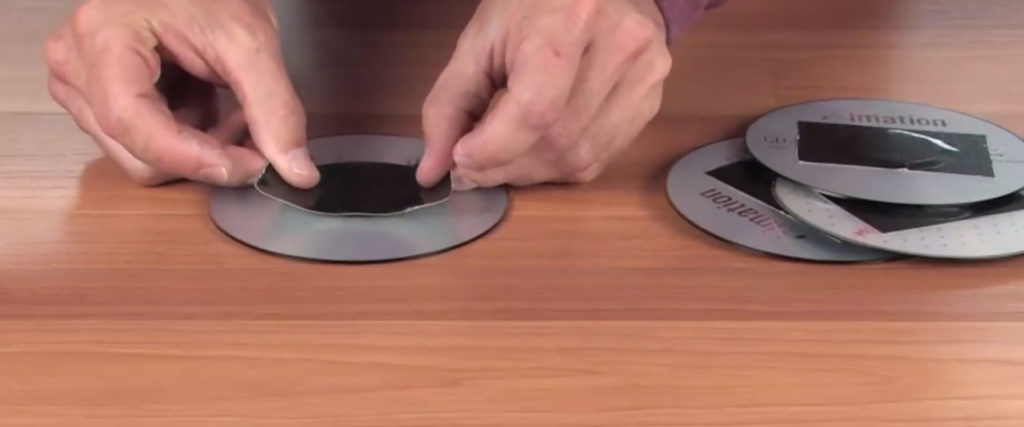
Place a cardboard circle on the middle of each side of four compact discs and tape them in place with strong tape.
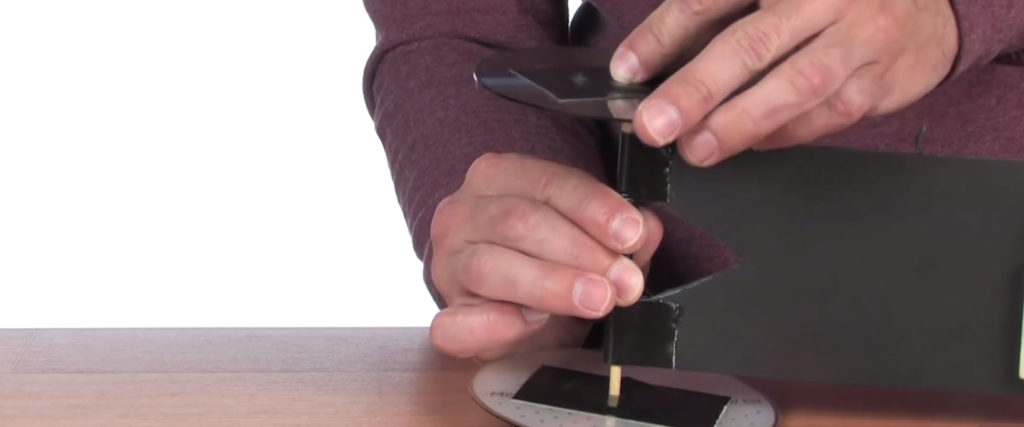
Push a wheel onto each side of the axles. Push each wheel 1/4″ onto the axles.
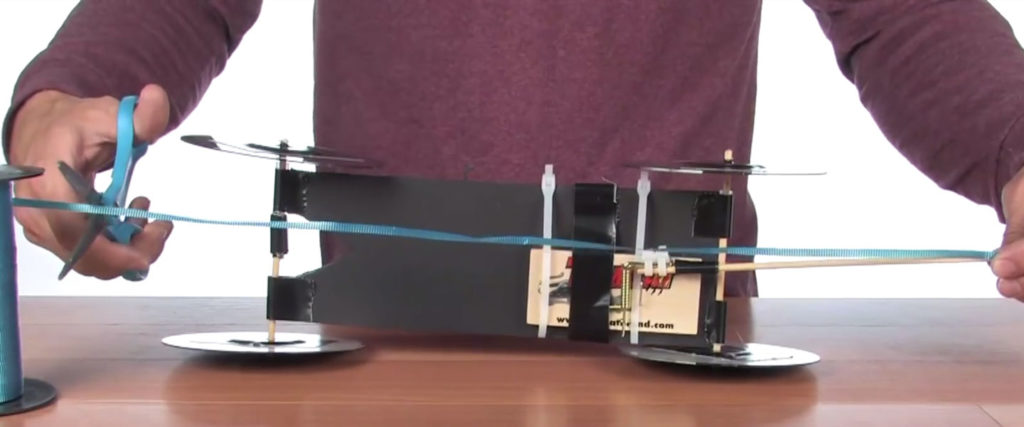
Measure a strip of ribbon (or similar material) from the end of the skewer to the metal piece on the opposite axle and cut it with scissors.
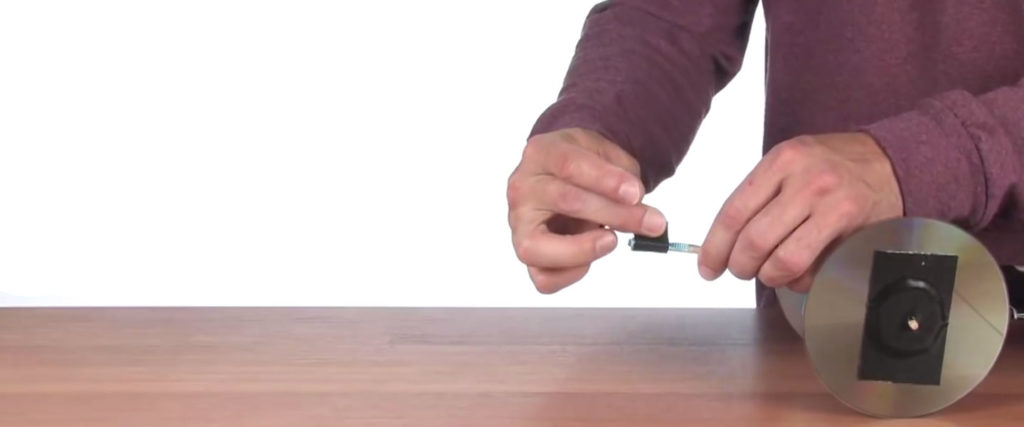
Use tape to secure the ribbon onto the end of the skewer. Make sure it is secured very well.



Tie a loop in the loose end of the ribbon. Make sure the loop will not come loos. You may want to reinforce it with tape.
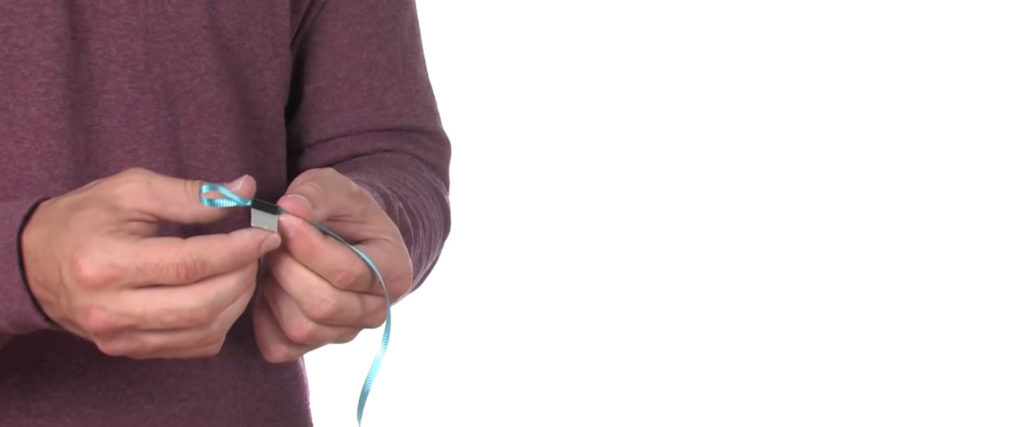

Put the loop of ribbon around the metal piece of the front axle.
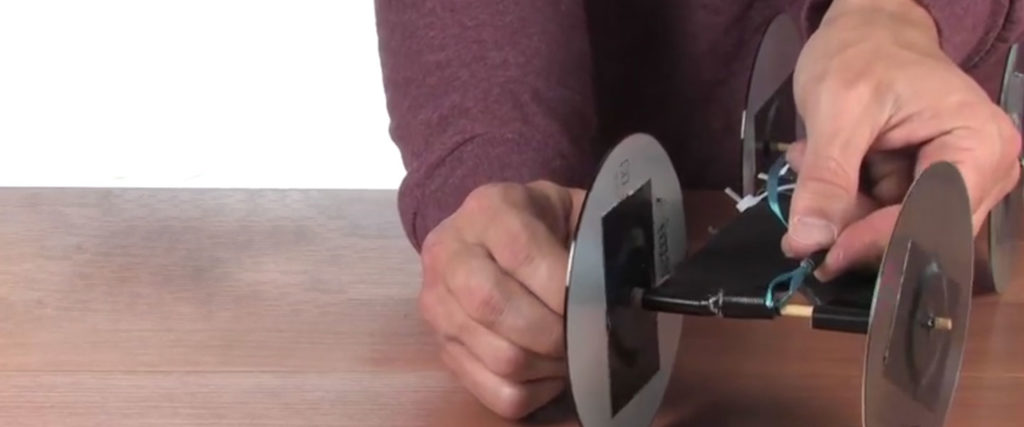

Holding the ends of the front axle, wind the ribbon towards you. This should pull the lever and skewer towards the back of the car.
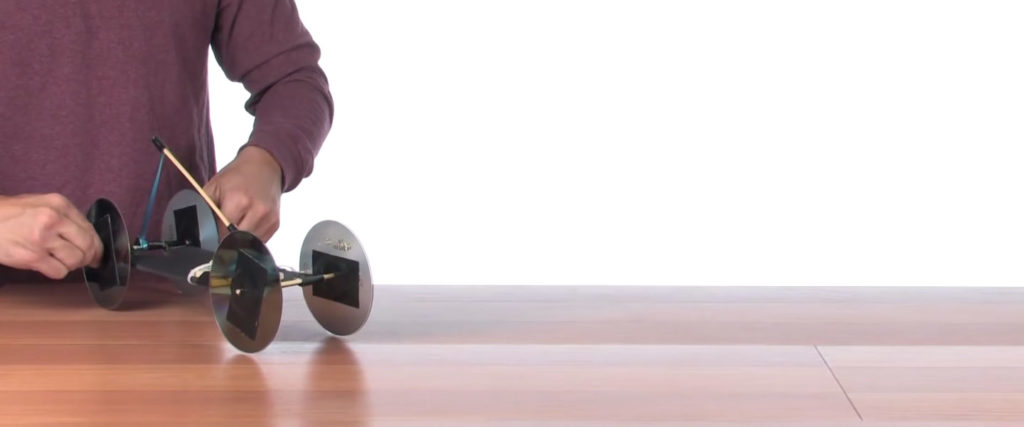

Set the racer on the ground, and let go of the axles. Watch the ribbon unwind as the car takes off!
Whew! It took some effort, but the Mousetraps in Motion experiment was totally worth it! As you wind the ribbon around the front axle, you are creating potential energy that is stored in the spring of the mousetrap. Releasing the axle also releases the spring, converting potential energy into kinetic energy. The spring pulls the ribbon and unwinds it from the front axle, making the axle spin and pull the rest of the car along. It’s just like a front-wheel-drive car!